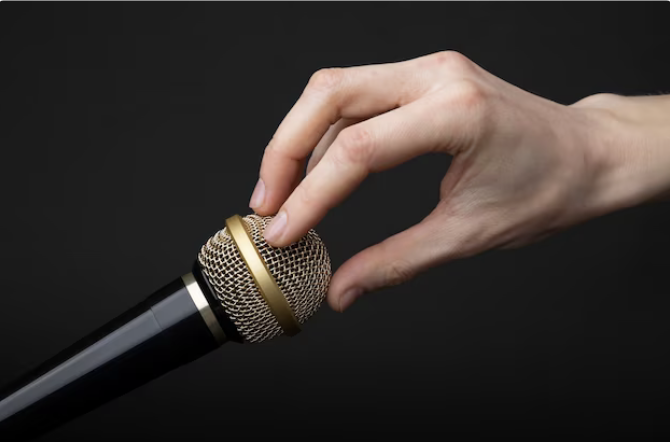"Test the Mic by Tapping It": A Common Misconception
One common practice that has long persisted among public speakers and performers is the habit of tapping the microphone to test its functionality. While this practice might not necessarily damage the microphone, especially if it’s a dynamic microphone, it can be quite annoying to the audience and is generally considered unprofessional. The origin of this habit, and the reasons why it is discouraged today, are rooted in the history of microphone technology and the evolution of sound amplification practices.
The Origin of Tapping
The practice of tapping to test a microphone dates back to the era of carbon microphones, which were the norm before the 1920s. These microphones contained granules of carbon in a small enclosed space. When the microphone was not in use for extended periods, these granules would settle unevenly, which could affect the microphone’s performance.
To even out the carbon granules and ensure the microphone was working optimally, the user would tap the microphone a few times. This would jostle the carbon granules, helping them to redistribute evenly and create a better connection for sound transmission.



Why Tapping is No Longer Necessary
Today’s microphones, especially modern dynamic and condenser microphones, don’t contain granules of carbon. Instead, they work through entirely different mechanisms, such as electromagnetic induction or variable capacitance. These methods do not require any sort of physical agitation to function correctly. In fact, unnecessary tapping or jostling can potentially cause minor damage over time, or create unwanted noise that can interfere with sound quality.
The Right Way to Test a Microphone
Rather than tapping the microphone, the best way to test it is by speaking into it. Saying “test” or “mic check” into the microphone allows the sound engineer to adjust the volume and equalization settings appropriately. This practice allows for a more accurate assessment of the microphone’s performance under actual usage conditions, as the human voice has a much broader frequency range than the simple sound produced by a tap.
In conclusion, the habit of tapping a microphone to test its functionality is a holdover from a bygone era. With modern microphone technology, it’s unnecessary and can be annoying or even potentially harmful. Instead, simply speaking into the microphone provides a more accurate and less disruptive way to ensure it’s working properly. So, next time you step on stage, remember this little piece of microphone etiquette, and start your soundcheck with a simple “test” or “mic check”. Your audience, and your sound engineer, will thank you.

